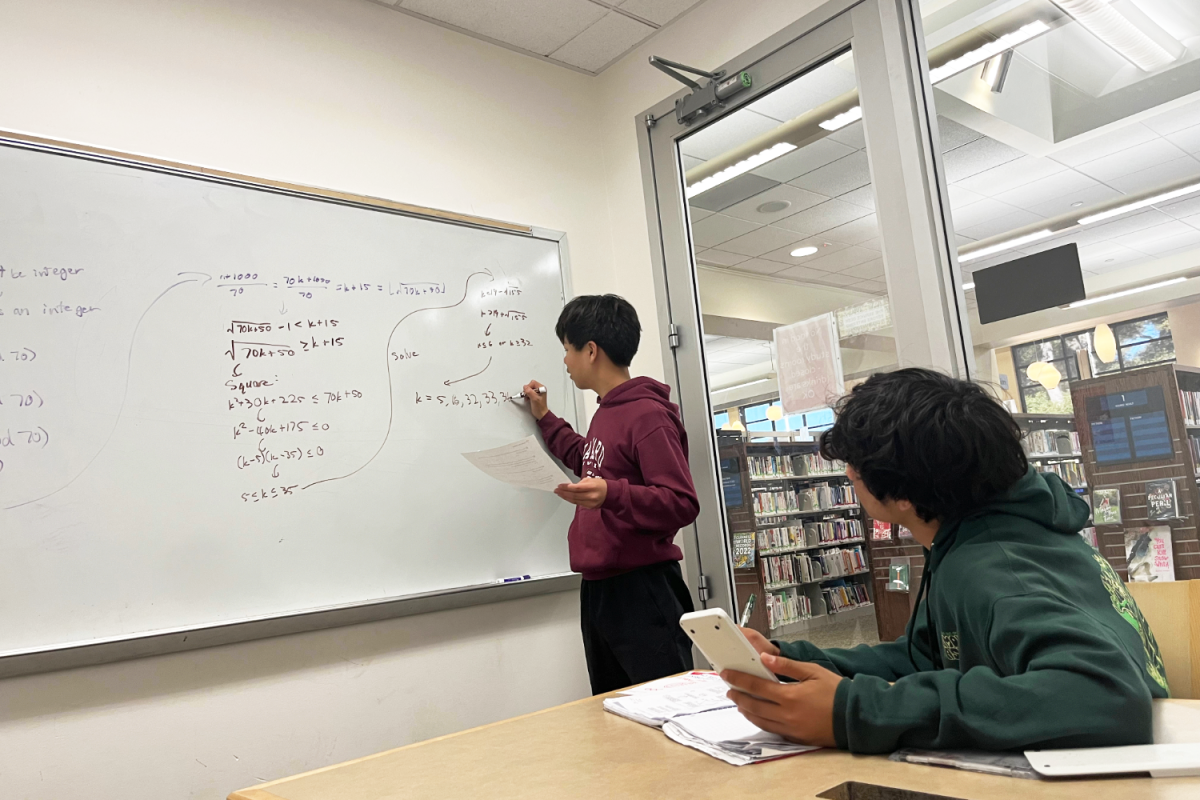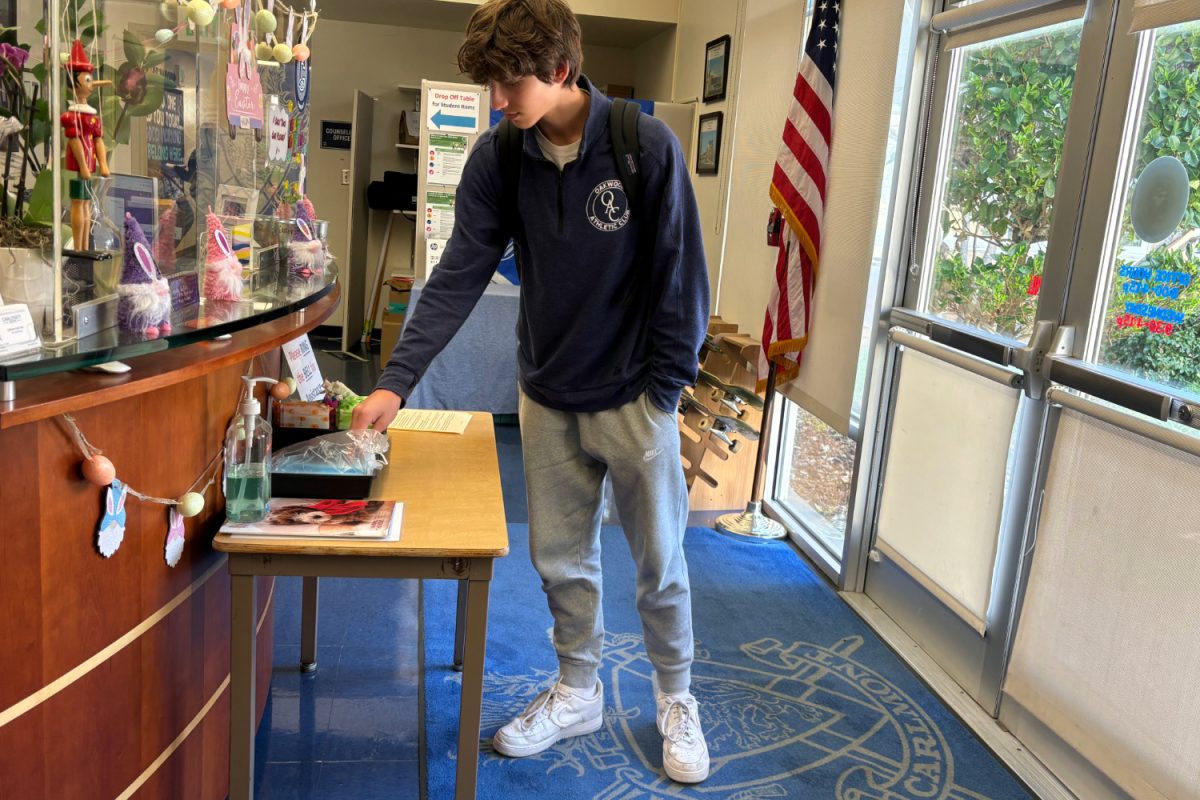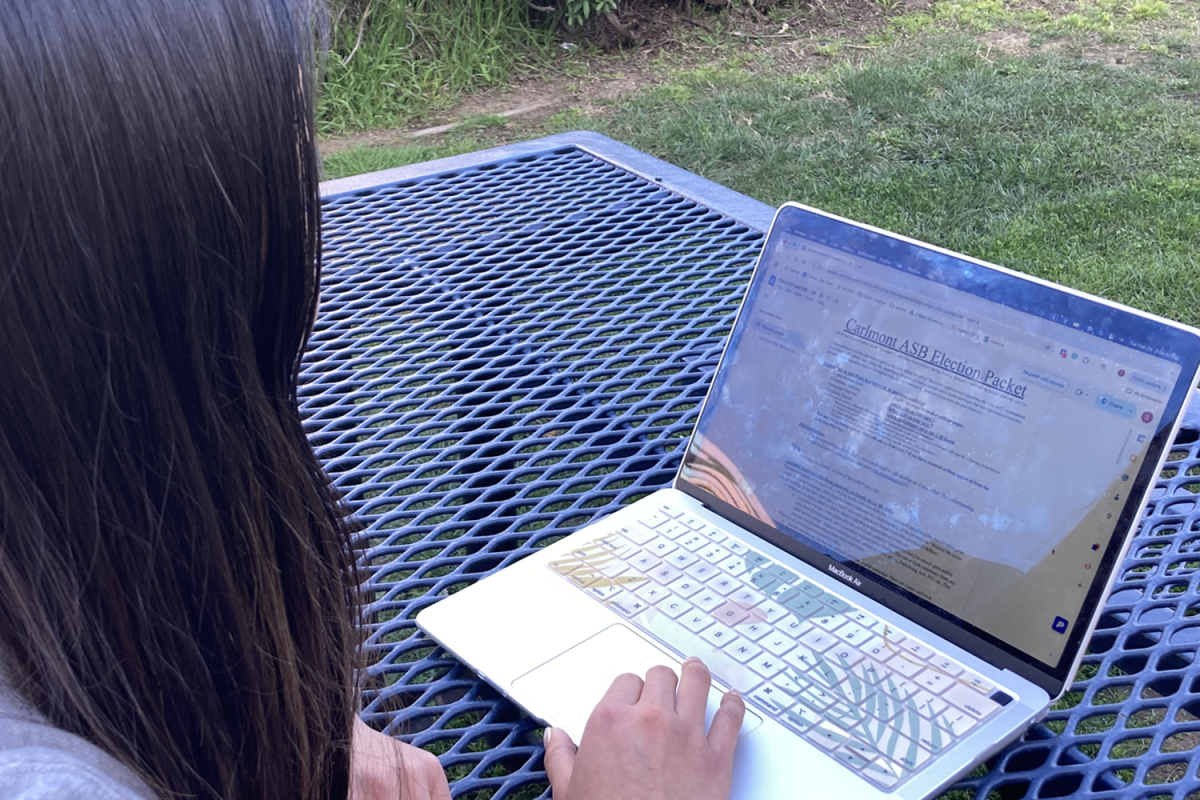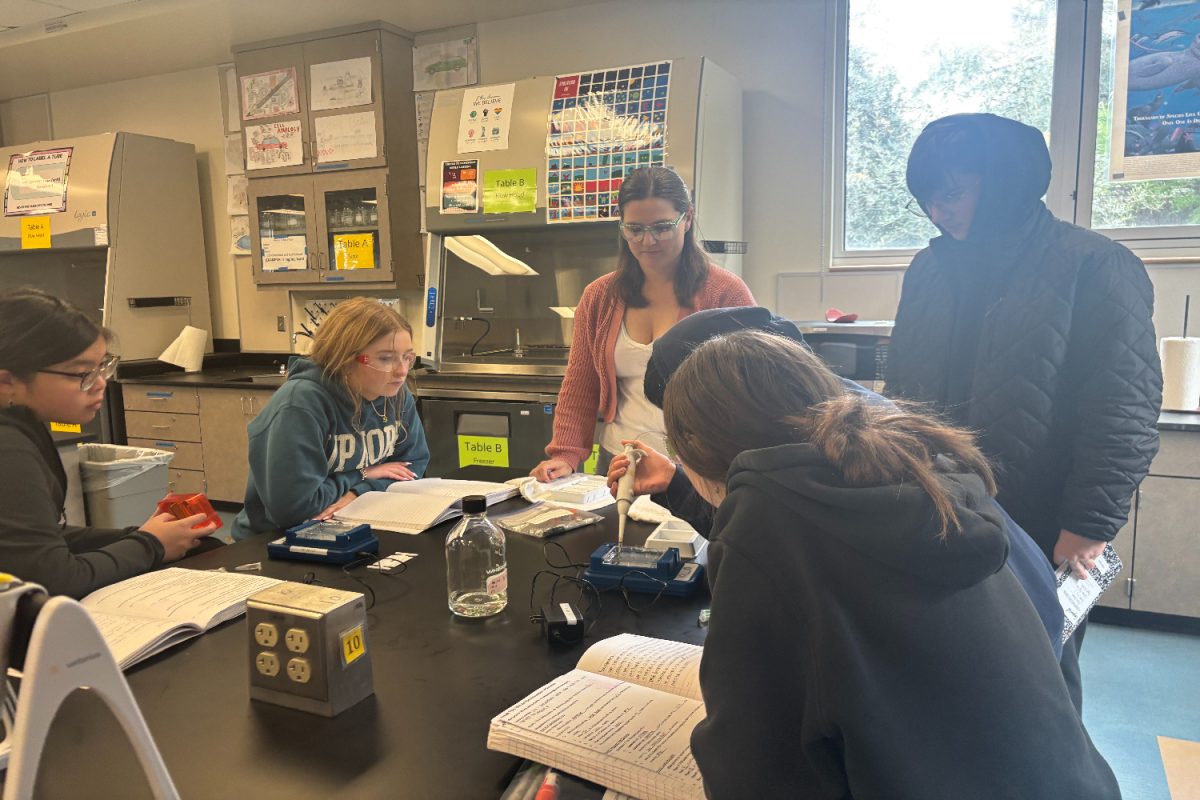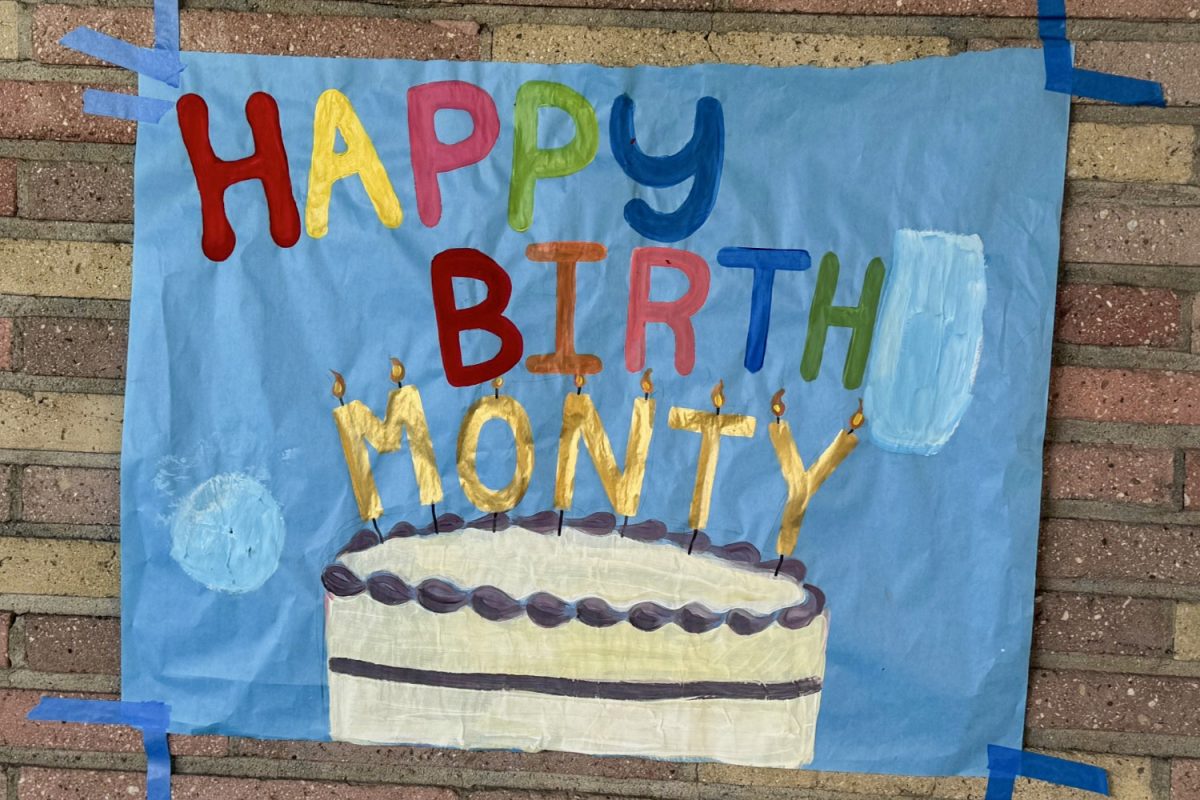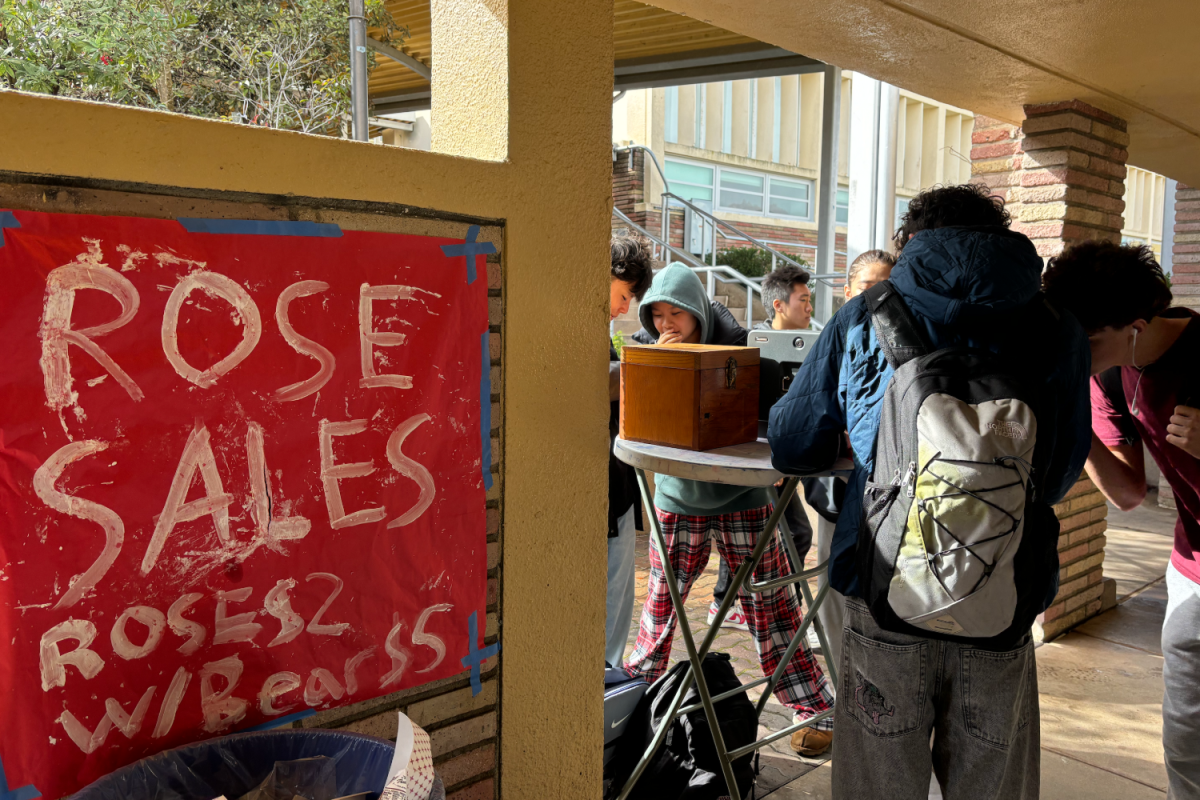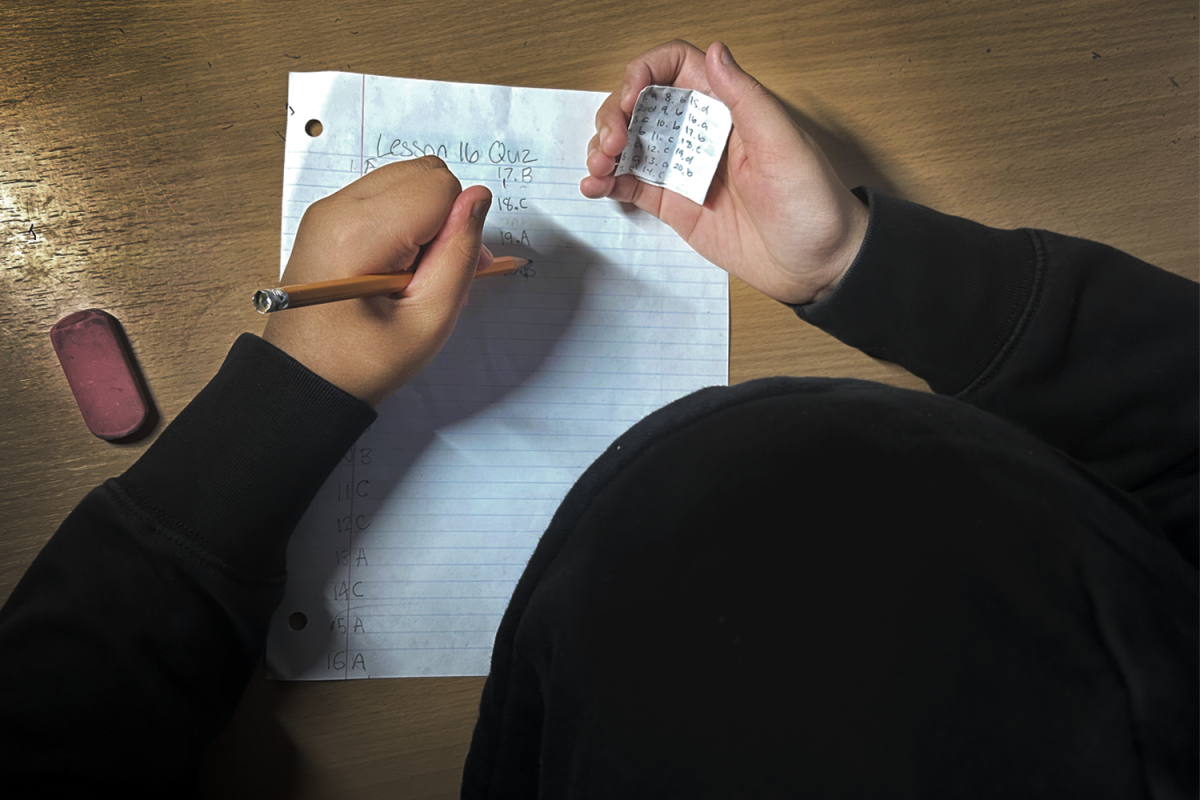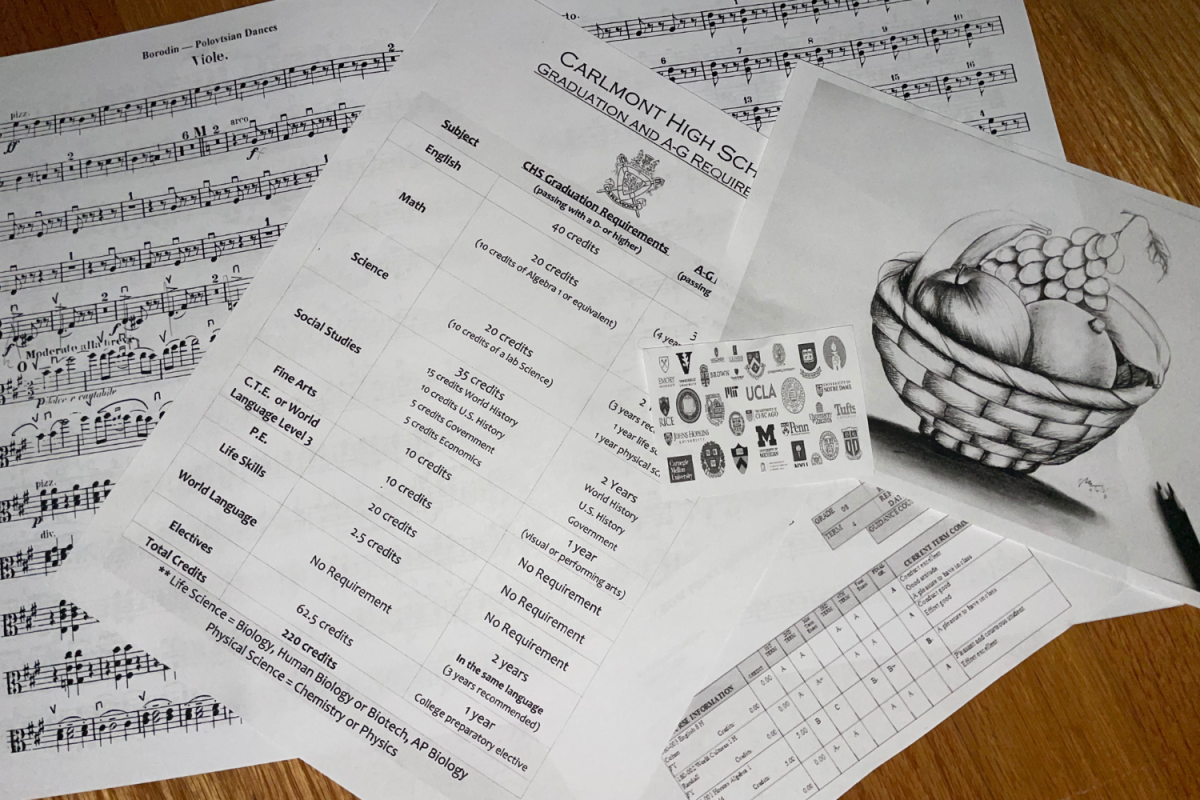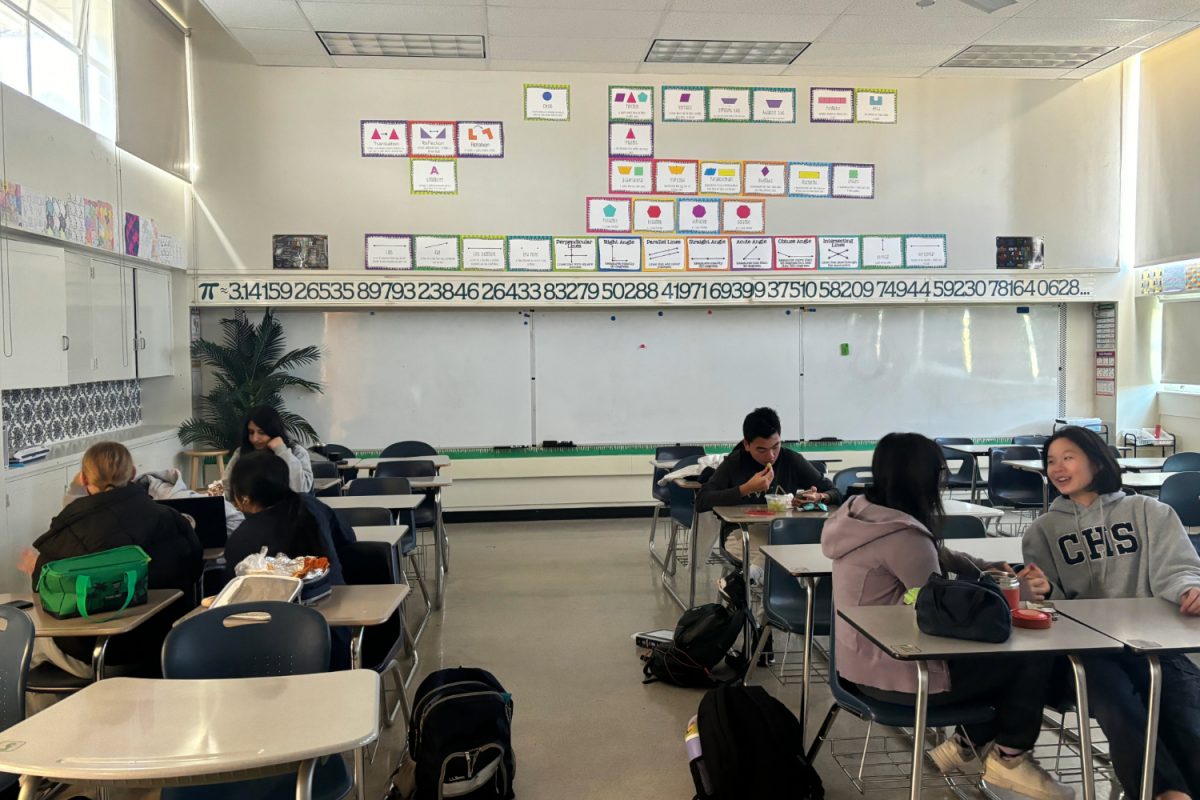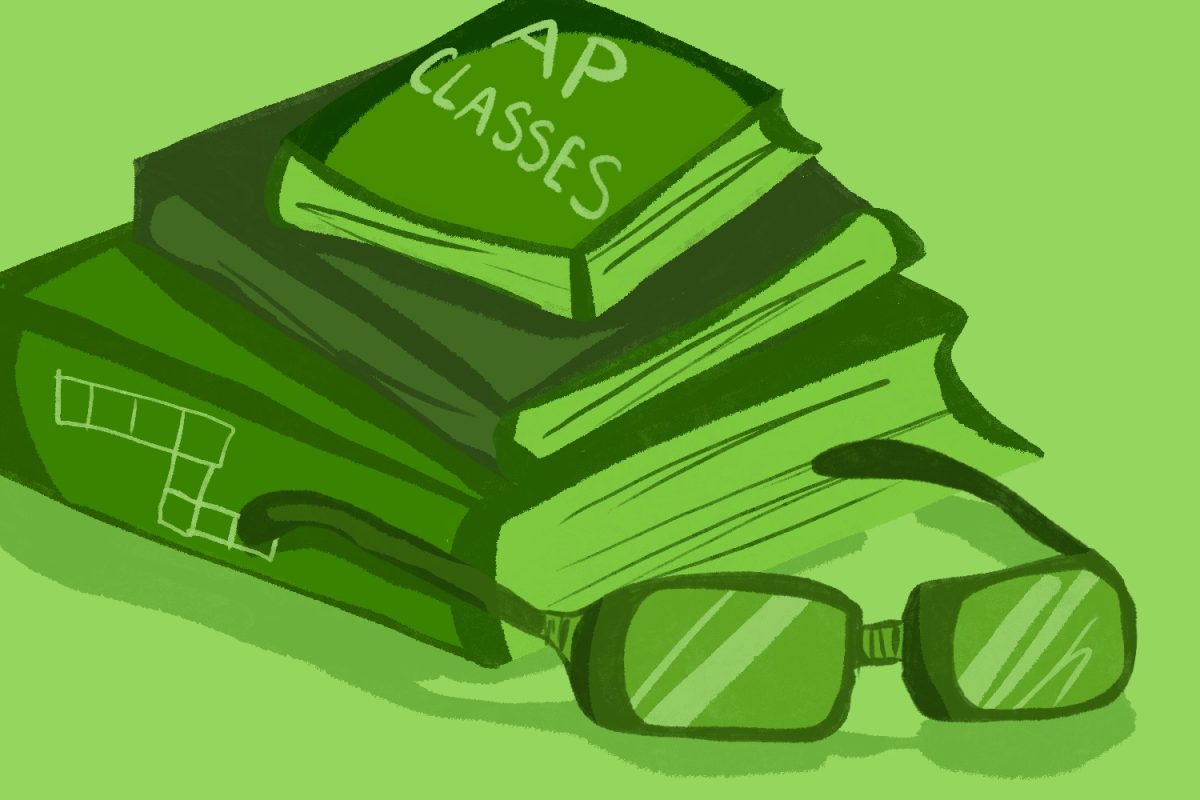Around 300 Carlmont students are preparing to take the American Mathematics Competitions (AMC), a renowned math competition for young mathematicians.
The AMC occurs once a year with different levels for different grades.
“They even have it in middle school, but in the high school level, there’s the AMC 10 for freshmen and sophomores and AMC 12 for juniors and seniors,” said Robert Tsuchiyama, a math teacher at Carlmont.
There are two sets of exams per year: the AMC 10A and 12A and the AMC 10B and 12B.
Both the A and B versions of the AMC 10 and 12 have the same number of questions, scoring, and rules for administration. The only differences are the competition dates and set of questions. Otherwise, the two examinations are designed to be equal in difficulty and distribution of topics.
Carlmont students will take the AMC 10A and 12A in the Student Union before school starts on Nov. 6, while the AMC 12B will take place on Nov. 12. Since the competition comes around once a year, having two tests gives students another opportunity to score well.
“There are schools like MIT and Caltech that actually will ask for your AMC score,” Tsuchiyama said. “They figure that since you are applying for those elite, technical colleges, they expect you to take the AMC.”
However, doing well on the AMC is not an easy feat and requires time and dedication. Not only do the problems require a deeper level of thinking, but participants are limited to 75 minutes to finish the 25 multiple-choice problems.
Compared to the biweekly math contests at Carlmont, the AMC touches on specialized topics not typically covered in the school curriculum.
“The AMC tests you on far more esoteric principles that you would rarely encounter in school. When normal subjects do come up, their use is much more comprehensive as well,” said senior Owen Tang.
Similarly, freshman Dennis Yang noted the complexity of the AMC questions compared to standard math problems calls for deeper analytical skills.
“The main factor that makes these questions harder is the amount of critical thinking required to solve these problems,” Yang said. “It requires more than just plugging numbers into a formula.”
Leading up to the AMC, students practice for the competition in many ways, including taking mock tests, getting support from peers, or even attending outside classes. The Math Enthusiasts’ Club has since dedicated its meetings to explaining AMC problems to less experienced test takers.
“The Math Enthusiasts’ do a great job of showing different methods to solve the same problem. Saving time by using uncommon methods is a key to success,” Yang said.
However, many students prefer solving problems from past contests so they can familiarize themselves with the format of these questions. Past problems can be found on various websites, such as The Art of Problem Solving, with in-depth explanations also being available.
“I train for the AMC by using amctrivial.com, a site that gives you random past problems,” Tang said. “amctrivial.com allows you to tailor the difficulty of your practice questions to make sure your training is at the appropriate level for you.”
Those who do exceptionally well on the AMC, such as Tang, are then selected to attend the American Invitational Mathematics Examination (AIME). Historically, only the top 5% from AMC10 and the top 10% from AMC12 are invited to AIME.
“The AIME is much like the AMC, but harder. Due to the lack of multiple choice, it forces you to approach questions the intended way, and while the topics tested are basically the same, the level to which they are tested is much deeper than on the AMC,” Tang said.
Students, particularly those who envision a future in mathematics, are motivated to take the AMC and see it as a way to enhance their skills while also being rewarded for the work they put in.
“It’s great for students who are great at math. It’s for those who can get recognition and stand out amongst the different colleges they want to apply to,” Tsuchiyama said.

